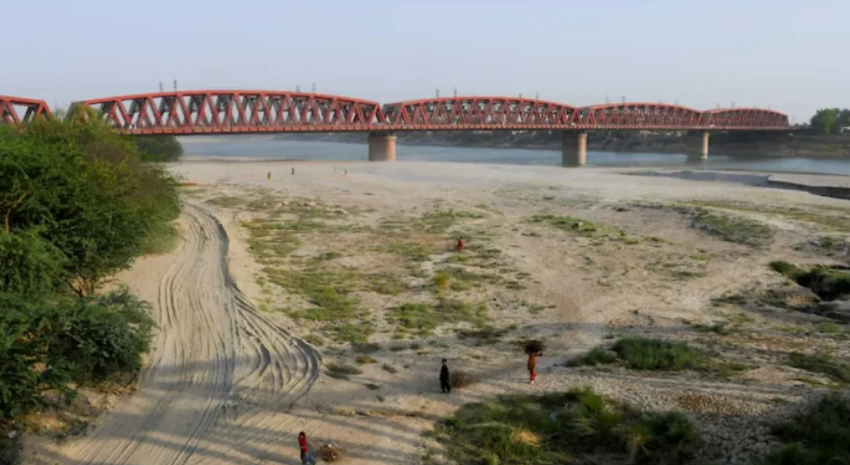New Delhi/Islamabad: The Sindhu (Indus) River, which flows through China, India, and Pakistan, has become the focal point of escalating tensions between New Delhi and Islamabad. Following the Pahalgam terror attack, India–Pakistan diplomatic relations deteriorated sharply. In response, India decided to halt the flow of Indus waters to Pakistan, with Prime Minister Narendra Modi declaring that “blood and water cannot flow together.” The move, intended to curb Pakistan’s continued support for terrorism, has tightened pressure on Islamabad from all directions.
According to a report by the Sydney-based Institute for Economics and Peace (IEP), India’s decision has plunged Pakistan into a deepening water crisis. Nearly 80 percent of Pakistan’s agriculture depends on the Indus basin for irrigation, and the suspension of water flow has severely disrupted crop cultivation. The IEP study states that Pakistan’s agricultural heartlands, particularly in Punjab and Sindh provinces, are struggling with severe shortages, leading to fears of widespread food insecurity. The report highlights that the halted water flow from India has already dried up parts of the Chenab River for several days.
The crisis is compounded by Pakistan’s limited reservoir capacity and the growing threat from neighboring Afghanistan, which plans to construct a dam on the Kunar River. If completed, it would further reduce Pakistan’s water availability, the report warns. Meanwhile, India has also restricted water from the Ravi and Sutlej rivers, using it for domestic purposes before allowing minimal residual flow to Pakistan. The IEP concludes that unless immediate measures are taken, Pakistan could face one of its worst-ever agricultural and economic collapses driven by water scarcity.






